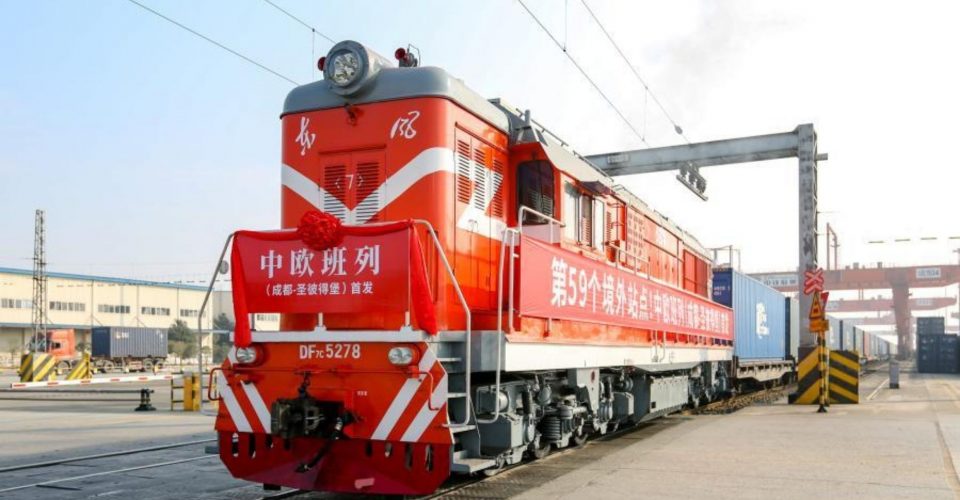The cost of shipping goods from China to Europe has skyrocketed in recent months, the result of rebounding consumer demand across Western countries combined with a dire shortage of empty containers for holding cargo.
The Freightos Baltic Index, a leading measure of prices across the international shipping industry, on Friday calculated that the average market value of a 40-foot container now exceeds $4,300, representing an increase of 76% since the end of November, and 233% higher year-on-year.
According to the index, surging rates have been particularly pronounced in ‘China/East Asia to North Europe’ routes, for which the average cost of a shipping container is now $8,308 by the most recent calculation – over five times higher than the previous year.
When the pandemic struck European countries in early 2020, consumers faced with a tanking economy curbed their spending, causing local demand for foreign goods to plummet. Legions of commercial shipping vessels, the most widely used vehicles for transporting goods across the globe, were left stranded at ports with no cargo to deliver.
Later in the year, as lockdowns were relaxed and European economies began to recover, cash-laden shoppers ignited a deluge in the sale of Asian goods, even surpassing pre-pandemic levels. However, the shipping industry has thus far failed to meet the swell in trade due to a lack of empty containers that continues to hamper global logistics networks.
Analysts predict that the recent surge in costs could endure well into 2021 and perhaps beyond, necessitating a shift in strategy for businesses that manage supply chains spanning the Eurasian continental zone. Rail freight, which had been on the rise across the region even before the onset of COVID-19, offers a promising alternative.
Faster than conventional sea cargo and less expensive than air freight, new rail shipping routes between China and Europe continue to crop up. While maritime shipping still represents the lion’s share of commercial deliveries across the region, rail freight has experienced steady growth over the past 15 years, with studies indicating such trends are likely to continuethroughout coming years and even decades.
The drastic expansion of the rail network has been primarily driven by vast levels of investment from the Chinese government as part of the Belt and Road Initiative, which since 2013 has sought to redirect and invigorate global capital and information flows to China’s advantage.
In December 2020, workers and officials celebrated the complete opening of the Lanzhou Dongchuan Railway Logistics Center after seven years of construction, intended to serve as the Northwestern region’s largest land port. On Sunday, Chinese state-run news agency Xinhua reported the inauguration of a 6,200-kilometer transport link between the southwestern metropolis Chengdu and St. Petersburg in western Russia.
Sea freight has over recent years faced heightened scrutiny from environmentalists and international regulatory bodies. In 2020, the International Maritime Organization introduced sweeping new measures aimed at curbing Sulphur levels in the fuel used to propel shipping vessels, jacking up supply chain expenses. As governments and businesses take steps to improve environmental standards, transporting goods on the high seas has become more costly and burdensome.
Throughout the ongoing recovery period from economic stress caused by COVID-19, booming demand and generous state-directed investment will likely facilitate a transformation of the international shipping industry. In a post-pandemic world, rail freight could represent the future of trans-Eurasian logistics networks.


